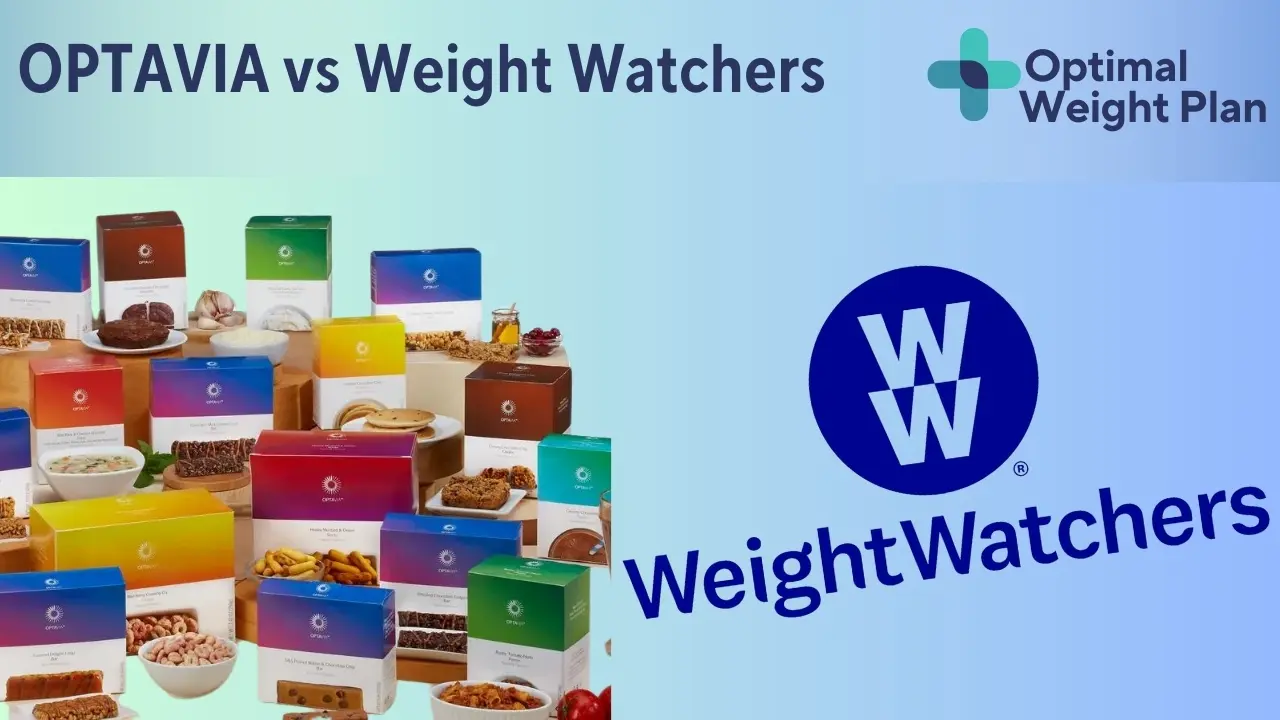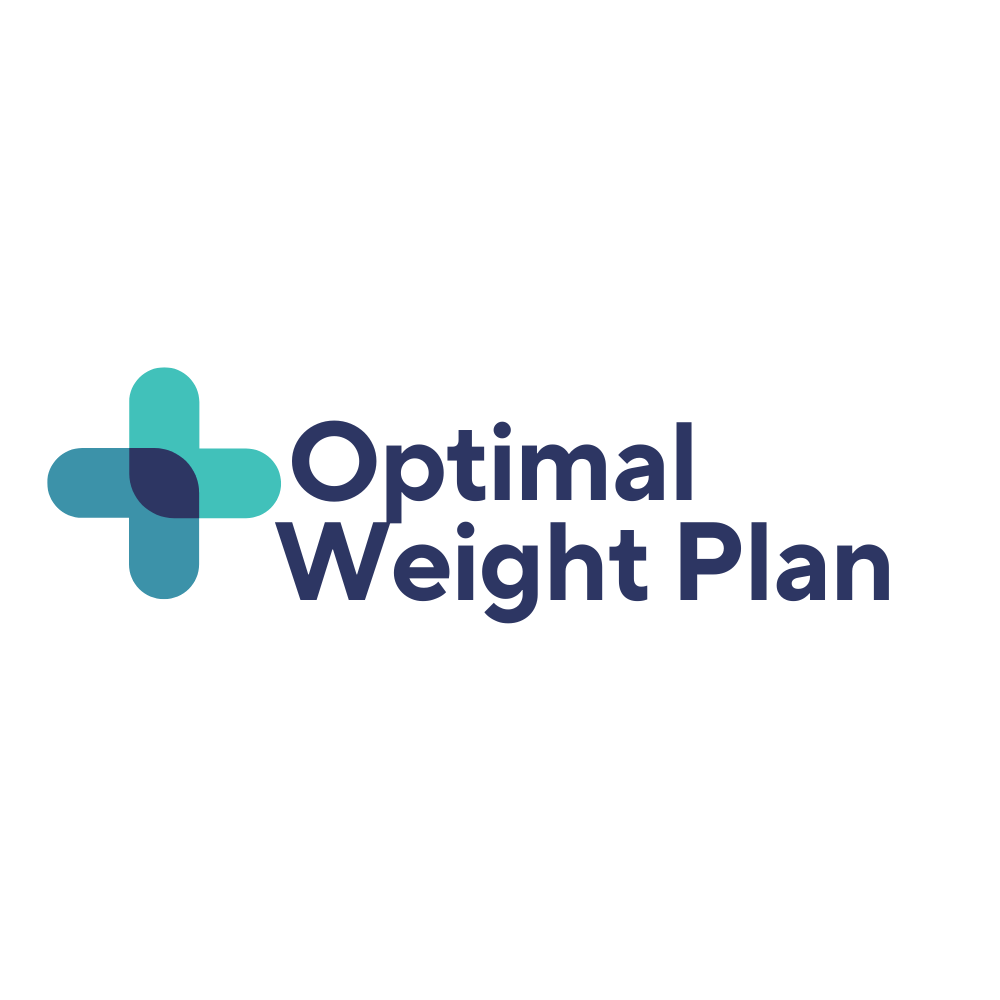When it comes to weight loss programs, OPTAVIA and Weight Watchers are two of the most popular options. They both offer unique approaches to weight loss, with OPTAVIA providing pre-packaged meal replacements and Weight Watchers utilizing a points system to track food intake. While both OPTAVIA and Weight Watchers have been effective for weight loss, there are differences between the two that may make one a better fit for certain individuals.
In this article, we will provide an in-depth comparison of Optavia vs. Weight Watchers. We will cover aspects such as program structure, products, pricing, meal plans, taste, and customer reviews to help readers make an informed decision about which program may work best for their weight loss goals. Additionally, we will discuss other meal plans similar to Optavia and Weight Watchers for those who may be interested in exploring alternative options.
Key Takeaways
- Optavia and Weight Watchers are both popular weight loss programs with unique approaches to weight loss.
- While both programs have been effective for weight loss, there are differences between the two that may make one a better fit for certain individuals.
- Other meal plans similar to Optavia and Weight Watchers are available for those who may be interested in exploring alternative options.
What is the Optavia Diet?
The OPTAVIA Diet is a weight loss program that provides pre-packaged meals and snacks. It focuses on convenience, with no preparation required. The OPTAVIA program offers three main plans, with the Optimal Weight 5&1 Plan being the most popular. This plan suggests consuming five Fuelings along with one homemade “Lean and Green” meal daily. The 3&3 Plan involves three lean and green meals and three Fuelings daily for maintenance. OPTAVIA is part of the Medifast family of diet programs and scores 4.3 EPRS points in our rankings. Forbes recognized it as a top small company in America back in 2010.
A 2022 study funded by Medifast Inc. and conducted by Christopher Coleman, published in Current Developments in Nutrition, found that successful Optavia coaches employed seven key strategies for long-term weight management. These strategies encompassed self-monitoring, regular exercise, and the adoption of healthy habits learned from the program. Furthermore, the study noted that coaching not only contributed to accountability but also brought a sense of fulfillment through assisting others.
What is Weight Watchers?
Weight Watchers, also known as WW, is a weight loss program that has been around since the 1960s. It focuses on teaching members how to create healthy meal plans and eating habits, rather than counting calories. WW received 4.5/5 points for best overall plan and the #2 position in our top OPTAVIA alternatives ranking. WW is a membership program that provides access to a mobile app. The app includes over 12,000 healthy recipes, weight and activity trackers, and a members-only digital community.
Coach-led workshops are also available, which can be attended in-person or virtually, as well as in-person support from other members. A 2016 study by Kimberly A. Gudzune from The Johns Hopkins University School of Medicine, published in The Annals of Internal Medicine, found that Weight Watchers participants consistently lose more weight than control/education participants, which they sustain beyond 12 months.
The study discovered that Weight Watchers and Jenny Craig can help people lose weight and keep it off. When it comes to ease of use, Optavia is ready-to-eat with no cooking required, while Weight Watchers requires meal preparation.
Optavia offers rapid weight loss potential, while Weight Watchers focuses on gradual weight loss and habit change.
Optavia mainly offers processed foods that may contain allergens, while Weight Watchers emphasizes fresh, whole foods.
Optavia is priced from $471.85 monthly, while Weight Watchers starts at $23 monthly.
Optavia focuses on convenience, while Weight Watchers promotes balanced eating and physical activity.
Long-term effectiveness is uncertain for Optavia, while Weight Watchers supports long-term healthy lifestyle.
Weight Watchers vs OPTAVIA: What’s the difference?
The Optavia diet offers easy portion control and minimal shopping, but it’s pricey and lacks variety, which might affect its long-term appeal. Weight Watchers, with its user-friendly app and flexible dieting, encourages lasting weight loss but demands more meal prep and may cost more if you opt for meal delivery. Key differences between the two are also in their program structure, product range, pricing, meal plans, recipes, and online weight loss reputation.
Program structure
Weight Watchers and Optavia offer distinct approaches to weight loss. WW employs a “SmartPoints” system, assigning values to foods based on nutrients and calories, allowing a varied diet including all food groups. They also offer ready-to-eat meal replacements. Optavia focuses on prepackaged meals and snacks for calorie control, similar to the Take Shape For Life plan. Optavia products include simple, low-calorie “Fuelings” like bars, shakes, and snacks, plus one self-prepared or pre-ordered “Lean & Green” meal daily. Its items range from 100-110 calories, similar to diets like Skinny Box or Ideal Protein. Conversely, Weight Watchers takes a broader approach, providing weight loss apps, meal delivery, and an array of kitchen essentials such as cookware, scales, and storage solutions.
Price
Weight Watchers starts at a lower $10 per month for its Core plan, covering app membership but not meals and snacks. On the other hand, OPTAVIA’s plans, like the Optimal Weight 5&1 at $471.85 monthly, include most meals but require additional grocery purchases for ‘lean and green’ meals. With OPTAVIA, you’re limited to ordering directly from their website; you won’t find their products in common stores like Amazon, Walmart, or GNC. On the flip side, Weight Watchers offers more flexibility. Their meals and products are readily available in popular grocery stores such as Walmart, Aldi, Costco, Target, and Trader Joe’s.
What to eat
Weight Watchers has a more flexible approach, allowing all food groups and no specific food restrictions. OPTAVIA, on the other hand, recommends lean proteins, low-carb vegetables, and fats, and prohibits high-carbohydrate vegetables. Weight Watchers customizes its plan to your specific needs, typically providing 1,200-1,500 calories per day based on factors like weight and goals. OPTAVIA’s Optimal Weight 5&1 Plan sets a standard 800-1,000 calorie intake daily for all, regardless of personal differences.
WW pre-packaged meals use fresh foods, whereas OPTAVIA uses “bioengineered food ingredients.” WW meals are designed and freshly prepared by a qualified team of chefs and nutritionists, while Optavia Fuelings are made with GMO food ingredients such as soy proteins and fructose syrup. Weight Watchers meals are made with fresh ingredients and have a long shelf life. On the other hand, OPTAVIA Fuelings can get repetitive and less flavorful over time. OPTAVIA Fuelings contain around 100-110 calories per serving. In contrast, WW uses SmartPoints to determine serving sizes, factoring in calories, sugar, saturated fat, and protein.
Customer reviews
Many customers have had different experiences with Weight Watchers. Some have had success with the program and appreciate the support it provides, while others have had negative experiences with customer service and canceling their subscription. The Better Business Bureau (BBB) score for Weight Watchers is low (1.07 out of 5), indicating that some customers have filed complaints.
According to BBB, one customer’s nutritionist advised them not to use the program, but they were unable to cancel their subscription without being charged for the entire six-month commitment.
“Upon calling weight watchers I was told I missed the deadline by two days and I would have to pay for the six month commitment. I advised that my medical team did not want me to use the program but I was not allowed to cancel.”Better Business Bureau
The other customer signed up for WW based on their “cancel anytime” advertisement, but when they tried to cancel after 1.5 months, they were told they would still be billed until 10 months later. Optavia has a BBB score of 1.52/5, which is higher than Weight Watchers’ score of 1.07/5. In these customer reviews, there are clear examples of frustrating experiences with Optavia’s customer service and business practices. One person reported not receiving a product that they had paid for and being unable to reach a representative who could help them without providing their credit card information.
“There is no reason why they need my credit card for zero transactions. There is no way to reach an American from Optavia (American-owned comp from what I was told)? Poor Optavia customer service, ripping off their customers by charging for the merchandise but refusing to send it..”Better Business Bureau
This raises serious ethical concerns and potential fraud. The second reviewer had an issue with being charged a higher amount than they were quoted and having difficulty canceling their order. Despite canceling the order, the customer was still charged and received no confirmation of cancellation. While every company will have some negative reviews, the patterns that arise from multiple reviews can provide valuable insights.
Who Wins Weight Watchers Versus Optavia?
When it comes to choosing between Weight Watchers (WW) and OPTAVIA, it ultimately depends on one’s goals and preferences. OPTAVIA offers simplicity with its ready-to-eat “Fuelings” and is effective for quick weight loss. However, the multi-level marketing (MLM) aspect of Optavia can raise concerns. On the other hand, WW’s daily points system makes meal management easy and flexible, emphasizing activity and offering health coaching. WW is more than just a diet; it’s a lifestyle shift that encourages healthy habits and sustainable, long-term weight loss. The WW app also offers a range of exercises, though tracking everything can feel tedious.
In summary, if one wants a kickstart for quick weight loss, Optavia might be a good option. However, for sustainable weight loss and healthy habits, transitioning to WW might be the better choice.
What are Other Meal Plans Like OPTAVIA and Weight Watchers?
For those seeking alternatives to OPTAVIA and Weight Watchers, there are several meal plan options available. Skinny Box and Ideal Protein offer fully done-for-you plans with meal replacements. For a combination of meal replacements and regular food, SlimFast and Wonderslim are good choices. The Mayo Clinic Diet is also a top option, as it offers a balanced and easy-to-follow meal plan similar to Optavia. Another popular option is Jenny Craig, which provides pre-packaged meals and personalized coaching.
Are There Other Meal Plans that Offer Personalized Coaching like OPTAVIA Does?
There are other meal plans offering personalized coaching like OPTAVIA, such as Noom and Jenny Craig. These plans provide one-on-one support with dedicated coaches who can help tailor the plan to your specific needs, offer regular check-ins, and support you in overcoming challenges. Additionally, programs like Nutrisystem and MyFitnessPal Premium provide access to coaches and a community for additional support, helping you develop a sustainable approach to healthy eating and overall well-being.
If you’re looking for a personalized meal plan with dedicated coaching, we are certified Optimal Weight Plan coaches. We invite you to book a free online consultation to discuss your specific needs and goals. Let us help you on your journey to a healthier lifestyle!


